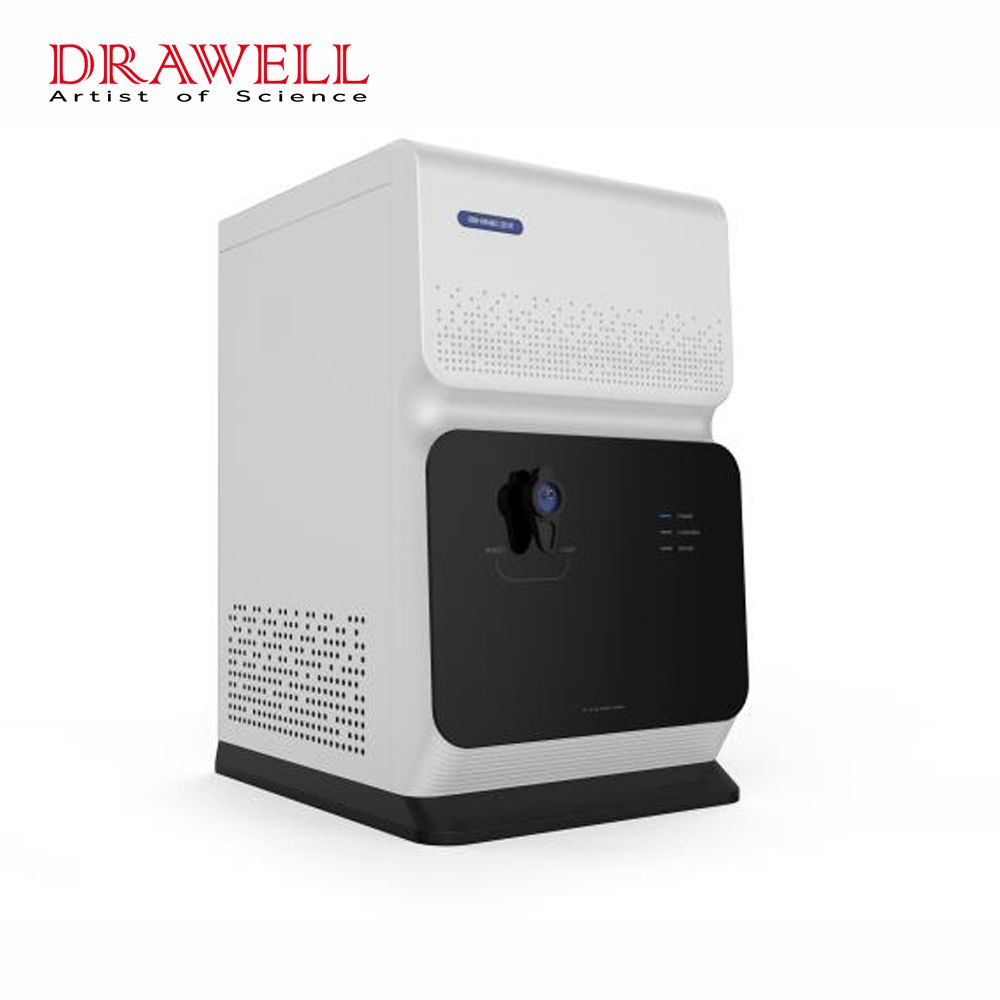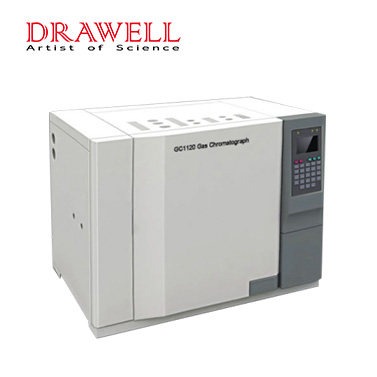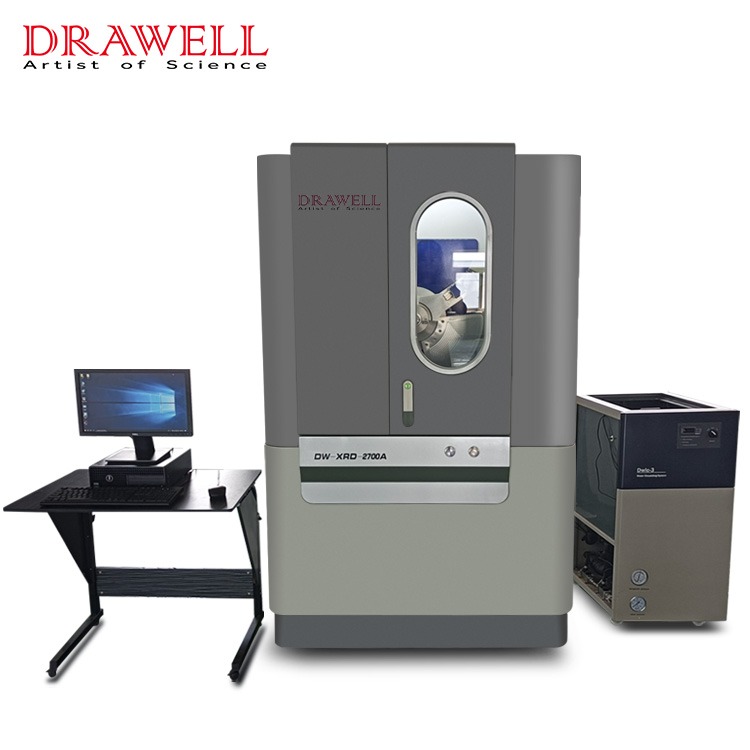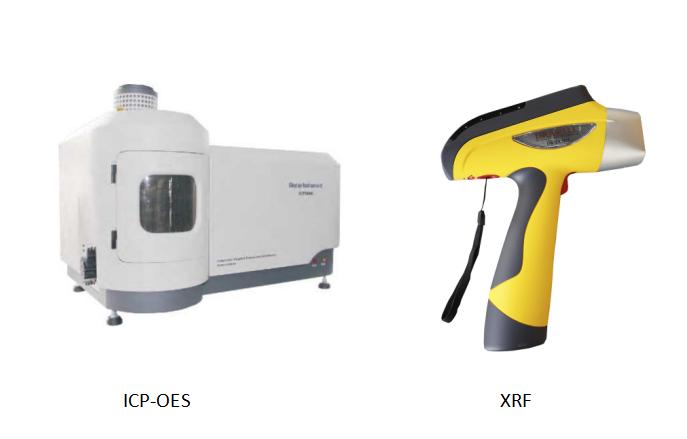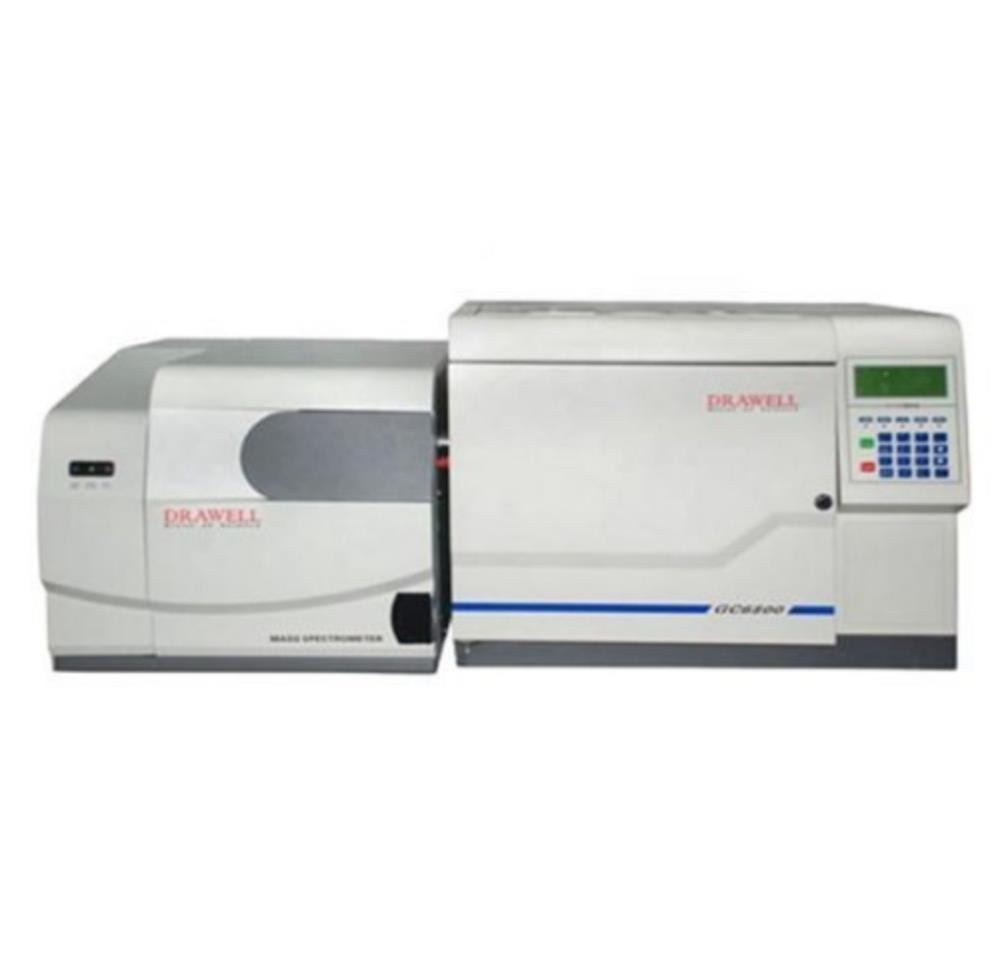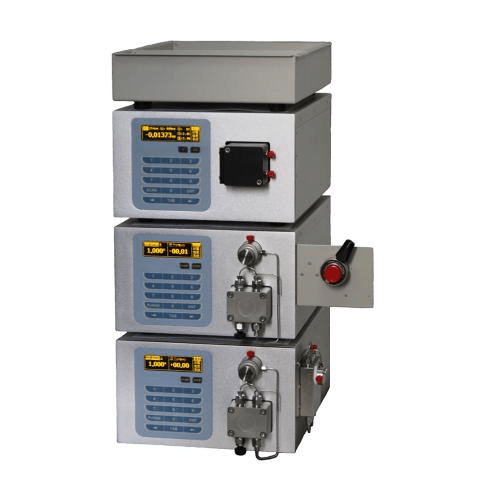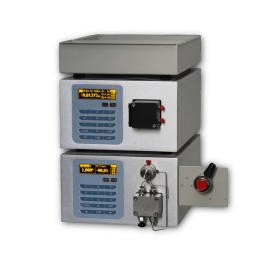News
Unlocking the Secrets of Ion Chromatography: Principles, Applications, and Measurements
In the realm of analytical chemistry, ion chromatography stands as a powerful technique, illuminating the intricate world of ions and molecules. With its ability to separate and quantify various ions in a sample, ion chromatography plays a pivotal role in a wide range of scientific and industrial applications. In this article, we will delve into the…
What are Different Types of Gas Chromatography Columns?
Gas chromatography (GC) is an effective analytical technique for separating and evaluating volatile chemicals in a wide range of materials. The chromatography column, which plays an important part in the separation process, is located in the core of any gas chromatograph. There are several gas chromatography column types available, each with its own unique characteristics and…
What is the Difference Between Powder Diffraction and Single Crystal Diffraction?
X-ray diffraction (XRD) is a powerful analytical technique that can be used to determine the crystal structure, phase composition, and atomic positions of materials. XRD works by directing a beam of X-rays at a sample and measuring the angles and intensities of the diffracted beams. The diffraction pattern is characteristic of the material’s crystal structure and…
ICP-OES vs. XRF: What are the Key Differences
In the realm of analytical chemistry, two prominent techniques, ICP-OES (Inductively Coupled Plasma Optical Emission Spectroscopy) and XRF (X-ray Fluorescence Spectroscopy), play pivotal roles in elemental analysis. These techniques are employed across various industries for their unique capabilities and applications. This article focuses on the topic of ICP-OES vs. XRF, exploring the key differences between ICP-OES…
Detecting the Unseen: How GC-MS Reveals Hidden Compounds
In the world of analytical chemistry, scientists constantly seek innovative methods to uncover hidden secrets that lie within complex mixtures of compounds. One such method that has revolutionized the field is Gas Chromatography-Mass Spectrometry (GC-MS). GC-MS is a powerful analytical technique that allows researchers to identify and quantify a wide range of compounds, even those…
Understanding HPLC Analysis Method: Key Principles and Applications
High-performance liquid chromatography(HPLC), is a sophisticated analytical technique utilized in a variety of industries, including pharmaceuticals, chemistry, food science, environmental science, and others. It is an adaptable technique for separating, identifying, and measuring chemicals in complex mixtures. The key principles and applications of the HPLC analysis method are covered in this article. What are the Key…
What are the Different Types of Detectors Used in Gas Chromatography and How to Choose the Right One?
Gas chromatography (GC) is a sophisticated analytical technique used to separate and analyze complicated mixtures of chemical substances in a variety of scientific and industrial domains. The detector, which is responsible for detecting and quantifying the separated molecules as they exit the column, is a vital component of a Gas chromatography system. In this article, we…
Why Pressure in HPLC is Crucial: How to Optimize Pressure in High-Performance Liquid Chromatography?
High-Performance Liquid Chromatography (HPLC) is a potent analytical technology utilized in a wide range of scientific domains, from medicines and environmental analysis to food quality monitoring. The careful regulation of pressure within the chromatographic system is at the heart of HPLC, making it a critical parameter for successful separations and accurate quantification. In this article, we…
Clinical Biochemistry Analyzers: What are They and How to Choose
Clinical biochemistry analyzers are indispensable tools in modern healthcare, aiding in the diagnosis, monitoring, and management of various medical conditions. These analyzers are instrumental in determining critical biochemical parameters in patient samples, such as blood and urine. In this article, we will explore the types of clinical biochemistry analyzers, focusing on fully automatic and semi-automatic biochemistry analyzers,…
Exploring Qualitative and Quantitative Analysis in Chromatography: Processes and Techniques
Chromatography is a versatile analytical technique that is utilized in a wide range of scientific areas. By isolating and measuring individual components, it provides significant insights into the composition of complicated mixtures. Chromatography analysis can be divided into two categories that are unique but complementary: qualitative analysis and quantitative analysis. In this article, we will explore the…


